I promised you a post on sourdough and what I have learned from making it a long time ago, but I have finally put it together for you. It probably isn’t a whole list, and I will most likely add to it from time to time, but here is what I have so far.
Making sourdough isn’t as hard it seems to be. Once you get the basics of what to do and your starter is active it is easy.
I’ve said it before, but I do wonder if the mystery that surrounds it is about selling courses.
One major thing seems to be that there are so many different ways to make it. Lots of different techniques. We all find one that works best for us.
Starter
Getting started
It can take a while for a starter to really get going. A lot of instructions tell you that you can use it after seven days, but really it can take a lot longer than that.
One of my starters took almost three weeks before it was ready. I almost threw it away. So glad I didn’t, it is the one I use the most now.
Feeding it
You do have to feed it every day. If you are leaving it out of the fridge it needs to be fed. One thing I’ve noticed is that when it is very hungry it has a horrible vinegary smell.
If you don’t want to do that you can refrigerate it. It still needs to be fed on a regular basis, around once a week, though if it is a few days more it doesn’t seem to matter too much.
There seems to be some discrepancy about when to feed it after you take it out of the fridge. Some say feed it straight away, while others say leave it out for a day and then feed it. I’ve done both and my starter is still going strong.
A bit haphazard
Surprisingly you can be a bit haphazard with how you feed it. Measurements can be a bit off and it shouldn’t affect it too much. I often add an extra couple of grams of water to make it less gluggy. Though have to be careful you don’t add too much, if it is too runny it won’t do what you want it to do.
The time of day you feed it isn’t as important either. I tend to work out when I want to do the bulk rise and then work backwards. I have fed them first thing in the morning, and late afternoon. Some days I almost forget.
Making the sourdough dough
First loaves
You will have failures.
Everyone does.
You will end up with flat loaves. I had a lot of them when I began. A friend told me it can take up to 10 weeks. So perseverance is the key, oh, and patience.
The thing to remember is that while failures don’t look good you can still eat them.
Hydration
This is something I really struggled with initially. I was following a recipe that had 80% hydration, which means that the water was 80% of the recipe. It was too wet and I couldn’t do anything with it. Mind you I think there were other things going wrong as well.
One thing to remember is that the flour you use has a lot to do with it as well.
Flour
If you use 75% hydration how wet your dough will be will depend on the flour you use. If you use all white bread flour the dough will be very wet. The more rye or wholemeal flour you add the dryer the dough will be. I usually add around 100 to 150 grams of those and the rest white flour.
Measurements
You don’t need to be absolutely correct with your measurements. They need to be close. However, I often add more starter than the recipe calls for, not a lot more, but some. The thing to consider when you add more is that you are also adding more hydration to the mix, or more water. You need to take that extra water into account.
I often do 70% hydration that way if I put in too much starter then I’m covered.
Proving/proofing
I have learned that it is possible to overproof or underproof your bread.
Even though sourdough takes a long time for the rising, you can let it go too far. It has happened to me a few times now. The bread will still bake but you won’t get any rise in it, plus the crumb will have almost no air bubbles and be very dense. My husband doesn’t mind it like that, but I prefer it baked properly.
When I first started baking sourdough bread I got a lot of flat loaves, but instead, there were still the holes and the bread tasted okay. It took me a while to realise I wasn’t letting the bread proof long enough. It is a weird thing with sourdough in that you don’t get that double size type of thing you get with yeast bread. Once I started waiting longer and getting the soft pillowy effect with the bubbles then my bread started working so much better.
In the end what I have really learned
What is it all about, I would say don’t stress about it. There are some rules you kind of have to follow, but you should just enjoy the process. Experiment and see what works for you.
When summer comes here I know a lot of the things I’ve been doing will have to be changed, but hopefully, by then I will know enough and will have the confidence to work through any problems.
Fun times ahead. I’m now experimenting with how many things I can make with sourdough. There is a lot, but will leave it for another time. Do you have some suggestions for people learning how to make sourdough bread?
The photos are of a loaf I baked last week and were taken with my phone.
Sourdough – what I have learned
Previous posts
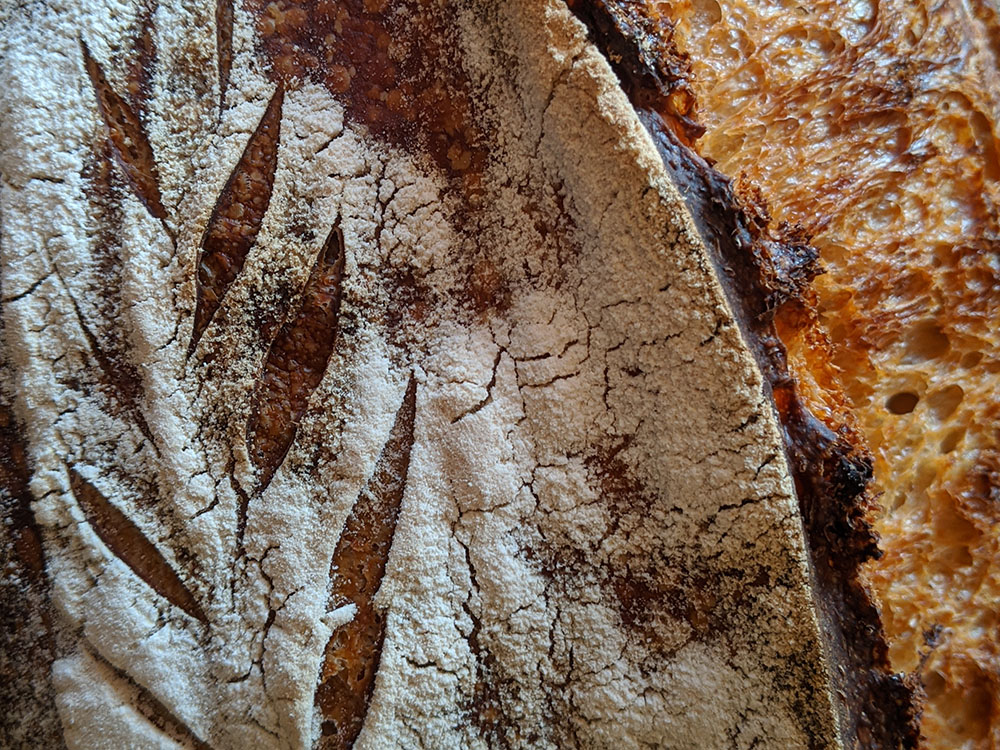
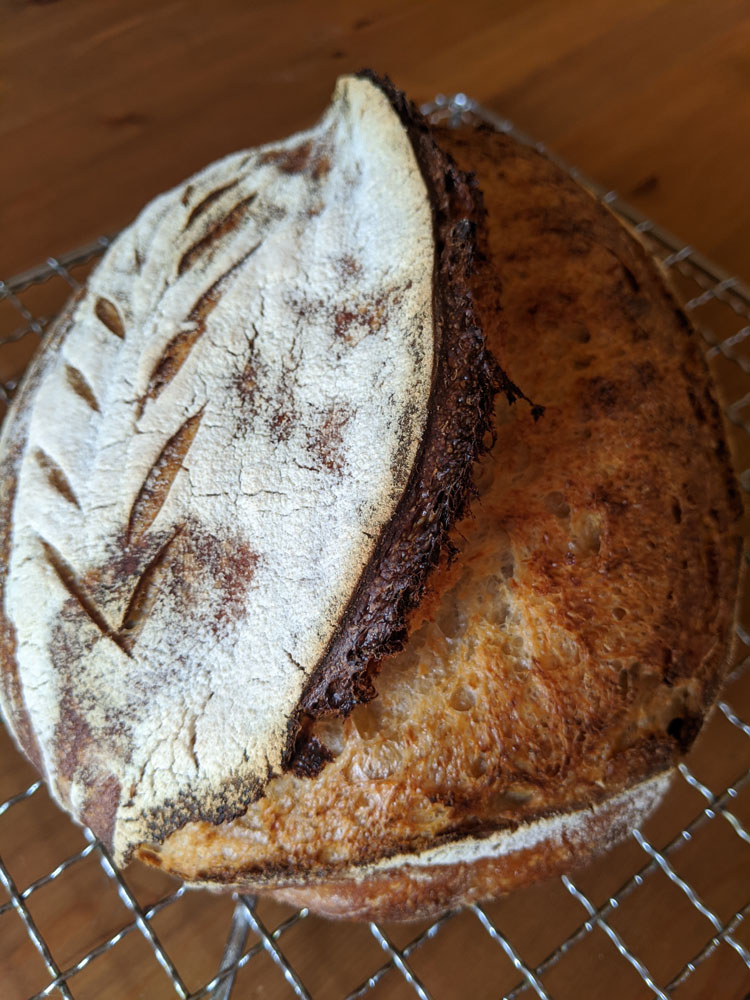
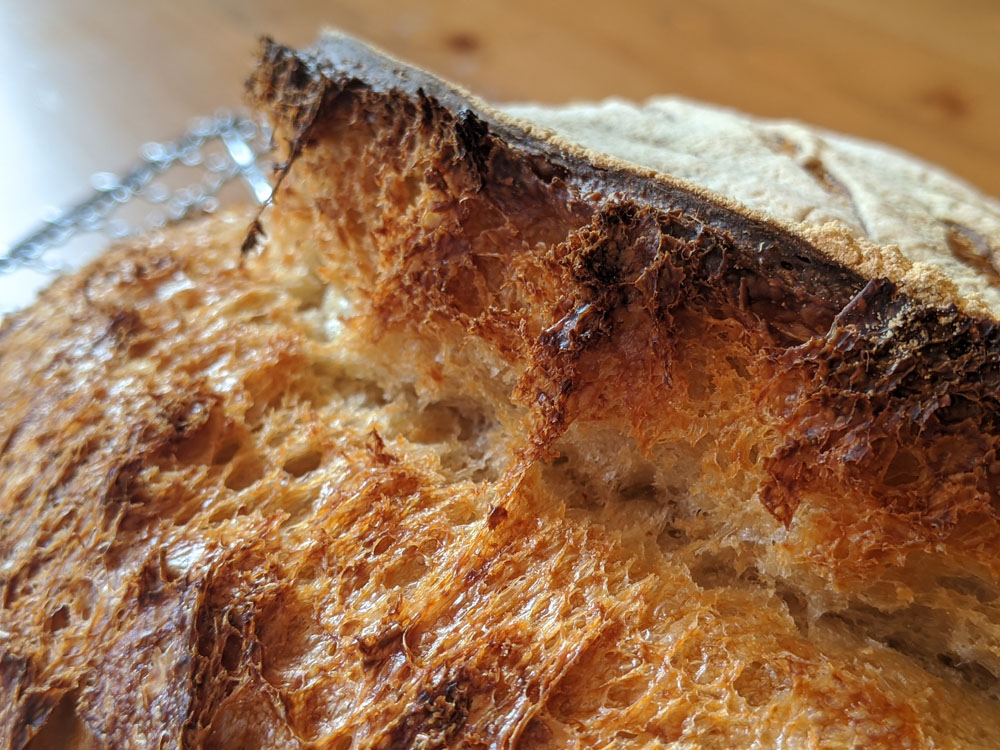
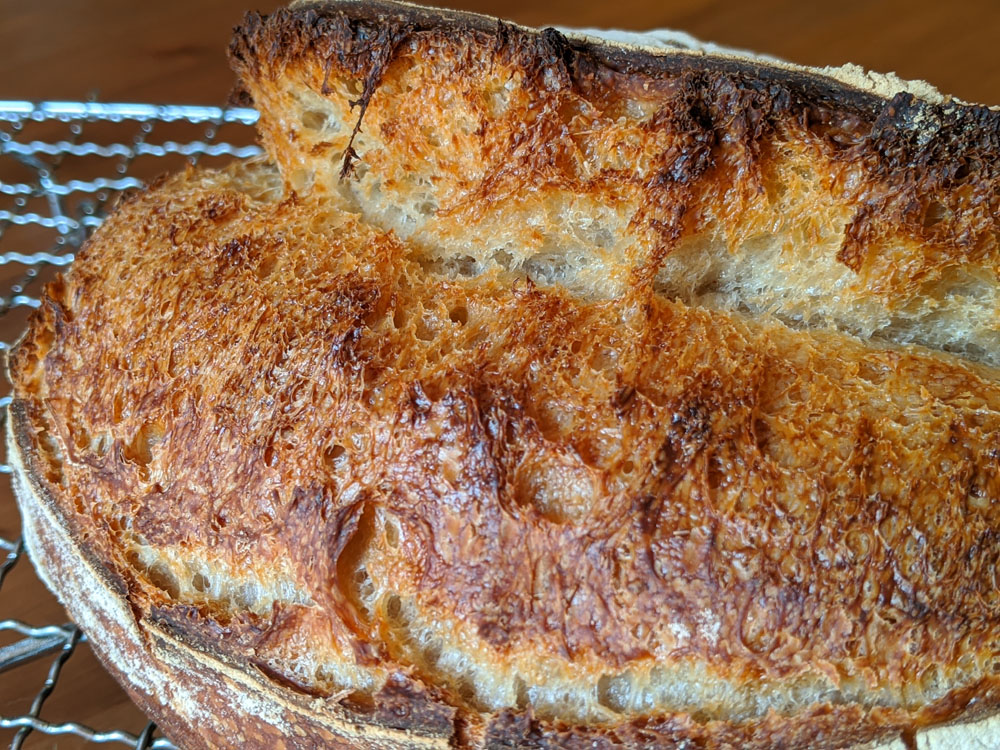
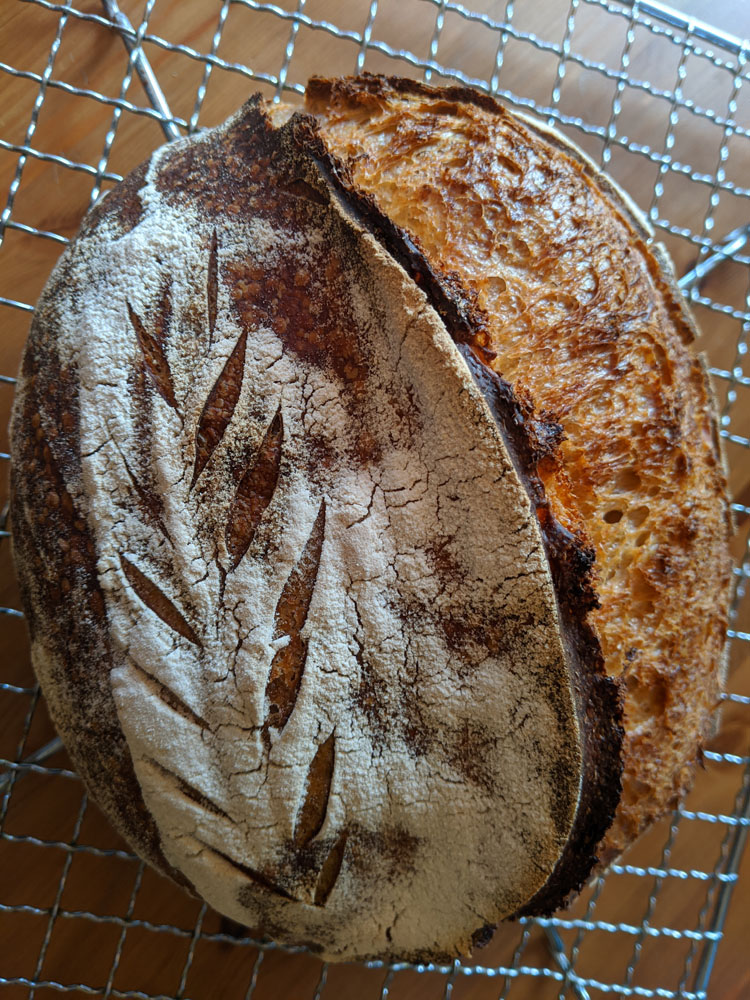
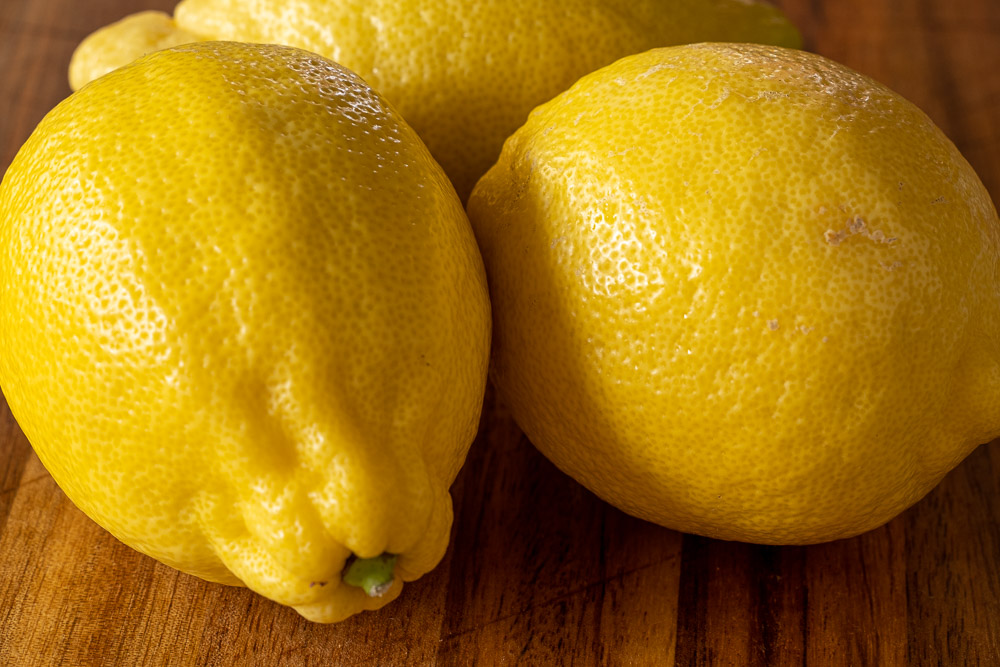


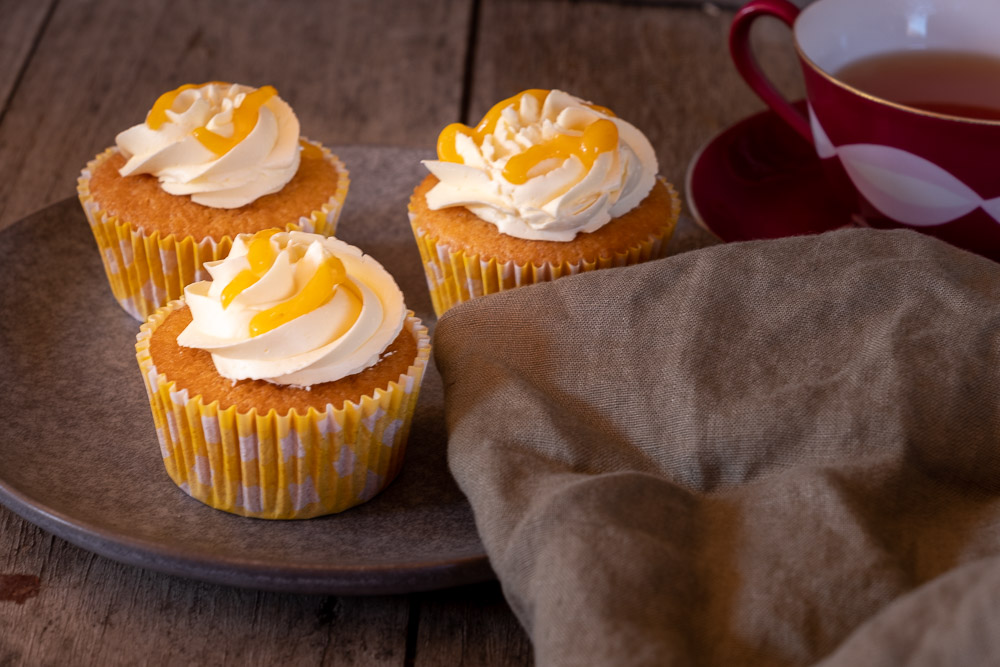
I can almost taste a slice of that loaf with some nice warm butter, and an iced tea (summer here). Thanks!
It was good, can’t remember what I had it with now. Haha, have cooked too many. Thank you Tim
You are welcome. Have great days.
You too Tim.
Leanne , your sourdough bread looks amazingly perfect. I feed my starter only once a week, that’s when I bake once a week. It’s so wonderful that you share your experience , thank you for sharing. We all have different ways of baking sourdough bread, but we all enjoy the wonderful result. Happy baking to you.
We do enjoy the result, I love the taste of sourdough bread. I am glad you are enjoying these posts, I’m really enjoying planning and writing them. It is fun. Thank you Cornelia.
Your loaf looks great.
Thank you Paul.
Your loaves all look delicious. I never got around to learning how to make sourdough while I was furloughed. I was baking all summer long but not bread. As we slip into Autumn and Winter here, I may give it a try if we end up in lockdown again. Your guidance will definitely be appreciated if I do.
Thank you Laura. Winter is a great time for bread, cold weather, the oven on and the smell of baking bread. Yum. If you want to try sourdough and have any questions feel free to send me an email.
Thank you.
😀
It seems like in another post you said you started to rise the starter the day before baking a loaf. Is that right? I have seen recipes that use sour dough for the taste and yeast to make it rise. Evidently those recipes were trying to eliminate the possibility of flat bread and the long rising time.
No, I tend to feed it a few hours before I want to use it. I do feed mine everyday thought. I never use commercial yeast, I don’t think I need it, but maybe it is something I should try one day. I think proofing properly eliminates flat bread, well that is what I have found. Thank you Lena.
Your sourdough posts have been interesting. Thank you for writing them.
That is great to hear. I’m thinking of expanding more into other things you can do with sourdough, would that be interesting as well?
Yes. It would be interesting. I love to bake.
That’s good to hear Lena.
I’m working on learning to bake bread , interesting to read your post
There is something very satisfying about baking bread, I hope you get great bread too Beth. Thank you.
so far, i’ve begun with focaccia and cinnamon breads, but am working my way up
I love both of those, good choices.
Oh my, you are amazing in photography and you are too good in making sourdough. What more can you not do? 😉
Baking is something else I have always enjoyed, but really only had the time to indulge in recently. I love doing it. Thank you Teresa.